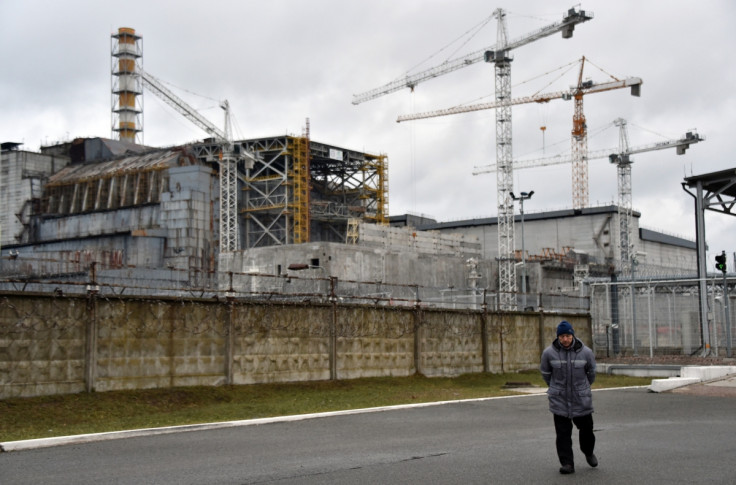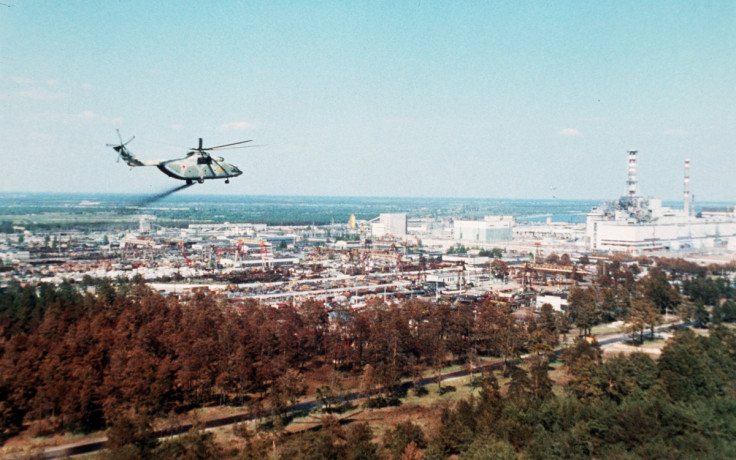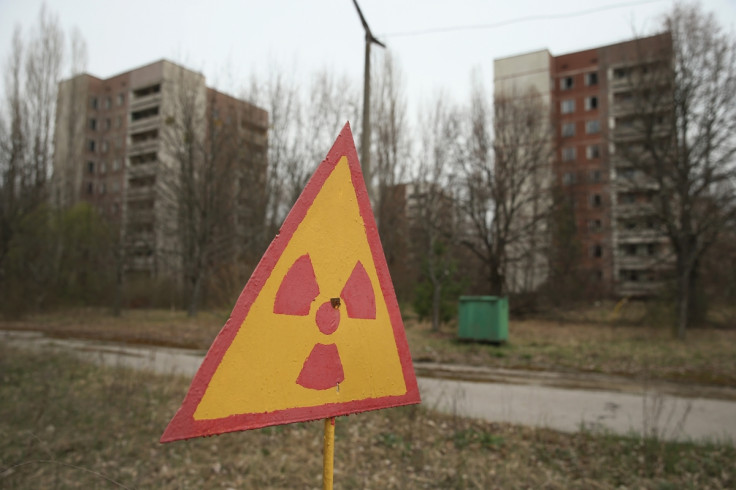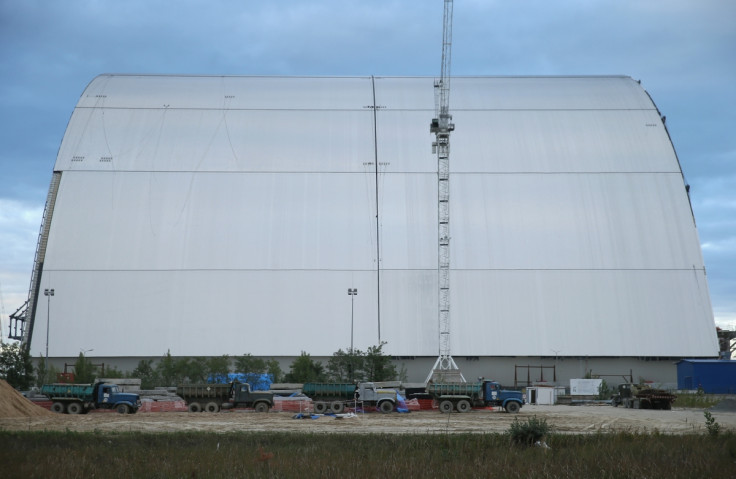Chernobyl 30th anniversary: A timeline of the worst nuclear disaster in history

In the early hours of 26 April, 1986, one of the four nuclear reactors at the Chernobyl power plant in northern Ukraine exploded. It was the most catastrophic nuclear disaster the world has ever witnessed, sending massive amounts of radioactive material into the atmosphere and forcing the mass evacuation of hundreds of thousands of people in Ukraine and Belarus.
Thirty years on, the effects of the disaster are still being felt. Here is a breakdown of the events leading up to the explosion and what happened on the day of the accident.
Construction
Construction began on the Chernobyl nuclear power station in 1970, in an area located around 80 miles (130km) north of Kiev, Ukraine, and around 12 miles (20km) south of the border of Belarus. It consisted of four nuclear reactors, with the third and fourth completed in 1983. At the time of the accident in 1986, two more reactors were being built. Around 49,000 people lived in the nearby town of Pripyat, founded to serve the nuclear power station.
25 April, 1986
The day before the accident, the operating crew at the fourth reactor - Chernobyl 4 - began to prepare for a test which would determine whether the turbines could produce enough energy to keep the coolant pumps running, following a loss of main electrical power. After delays to the test, it finally began after midnight on 26 April. The emergency core cooling system was switched off.
Because of the design of the reactor, it was highly unstable when operating at low power. For the test, the reactor was powered down to 25% but the procedure went wrong and the power dropped to below one percent. Design flaws in the reactor - predominantly the design of the control rods and the "positive void coefficient"* - led to an uncontrollable power surge. This led to a sudden increase in heat, which ruptured some of the pressure tubes containing fuel. When the hot fuel particles reacted with the cooling water, huge amounts of steam led to an increase in pressure.

An explosion tore off the 1,000-metric-ton lid off the top of the reactor, which ruptured the rest of the pressure tubes. A few seconds later, a second explosion took place. Evidence suggests this second, more powerful explosion, was caused by the reactor core undergoing 'runaway criticality' - an uncontrolled nuclear chain reaction. According to the World Nuclear Association, the secondary explosion was "possibly from the build-up of hydrogen due to zirconium-steam reactions."
The fuel rods melted and the graphite covering the reactor ignited, starting a number of fires. A combination of radioactive fission products, debris from the reactor's core and smoke rose to around one kilometre above Chernobyl.
Massive amounts of radiation were leaked into the atmosphere for around ten days, as Chernobyl did not have the adequate containment structure that is now built around modern nuclear power stations.
The residents of Pripyat were evacuated, 36 hours after the accident had taken place, by which time many were complaining of headaches, sickness and other symptoms of radiation poisoning. Officials eventually sealed off an 18 mile (30km) evacuation zone; those living in Pripyat were told they would be able to return after a few days, so many left their personal belongings behind. Those who had previously populated the town never returned; Pripyat was declared too radioactively dangerous for human habitation for 24,000 years.
Human factors
Aside from problems in the design of the reactor, human error was also a key factor in the accident. A summary report by the OECD, issued in 2002, stated that the test was carried out without "a proper exchange of information and coordination between the team in charge of the test and the personnel in charge of the operation and safety of the nuclear reactor".
"This course of actions was compounded by the existence of significant drawbacks in the reactor design, which made the plant potentially unstable and easily susceptible to loss of control in case of operational errors," the report reads.

Deaths and aftermath
The body of one worker, killed immediately in the explosions, was never recovered. A second worker died in hospital several hours later as a result of injuries caused by the explosions. Within a few weeks, a further 28 people died of acute radiation poisoning. The evacuation of Pripyat began on the afternoon of 27 April. On 2 May, a 30km evacuation zone was designated.
Iodine-131 and caesium-137 accounted for most of the harmful effects following the Chernobyl accident. Lighter material was carried by the wind over Ukraine, Belarus, Russia and even over Europe and northern Europe.
It is not known exactly how many people suffered from radiation poisoning as a result of the Chernobyl disaster and to what extent the effects were being felt. The World Health Organisation estimates there have been around 4,000 cases of thyroid cancer, mostly in children, caused by radioactive contamination.
Liquidators
Between 1986 and 1987, around 350,000 clean-up workers - also known as liquidators - were recruited in the aftermath of the accident, which included power plant staff, police, fire services and members of the army. Over a third of these liquidators received high doses of radiation. The World Nuclear Association states the number later rose to 600,000 - although the majority received lower doses of radiation.

Environment
Belarus took 70% of the fallout of Chernobyl, which contaminated one fifth of the country's land used for agriculture. According to a recent Greenpeace report, locals from the Chernobyl area are still eating radiation contaminated food, three decades on from the disaster. The Non Government Organisation (NGO) carried out tests that revealed radioactive elements in the grounds and forests near the nuclear power plant.
Following the accident, the WHO stated animals and vegetation in the forest and mountain areas in the exclusion zone showed high absorption of radiocaesium. Within a distance of 20 - 30km of Chernobyl, there was an increase in the deaths of mammals and coniferous plants , plus "reproductive losses" in plants and animals.
Recent studies have shown an abundance in wildlife around the Chernobyl power plant. In a report published in October 2015, researchers found the number of wild boar, elk and deer in the Belarusian part of the exclusion zone are now around the same as those in four nearby uncontaminated nature reserves.

Chernobyl now
The last functioning reactor at Chernobyl was shut down in 2000. Later in 1986, a large concrete shelter was quickly erected over the fourth reactor to allow the other three to continue functioning, but the hazardous conditions made it difficult for workers to thoroughly seal the seams of the structure to ensure no radiation leaked out.
A new confinement structure is due to be completed in 2017. It is being built near the plant and will be moved to cover the reactor and the old sarcophagus using rails.
© Copyright IBTimes 2025. All rights reserved.






















